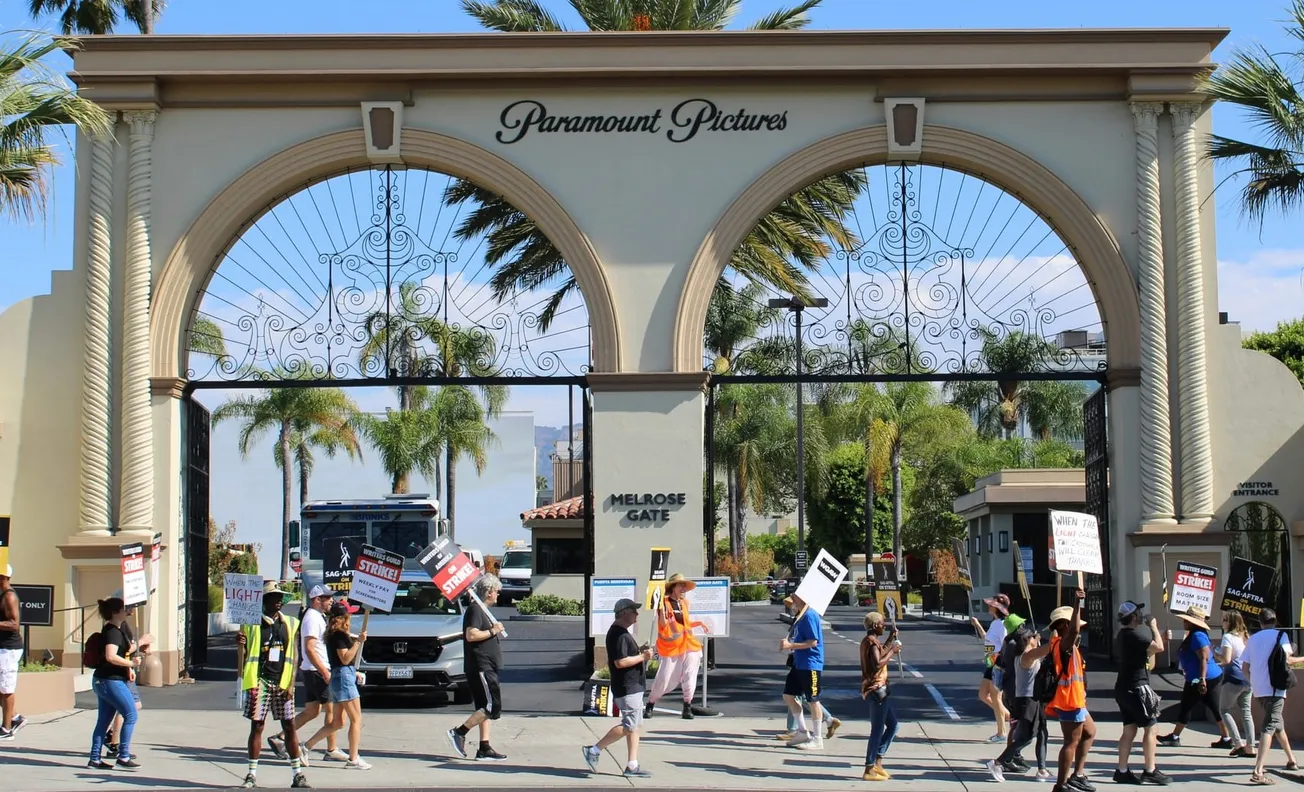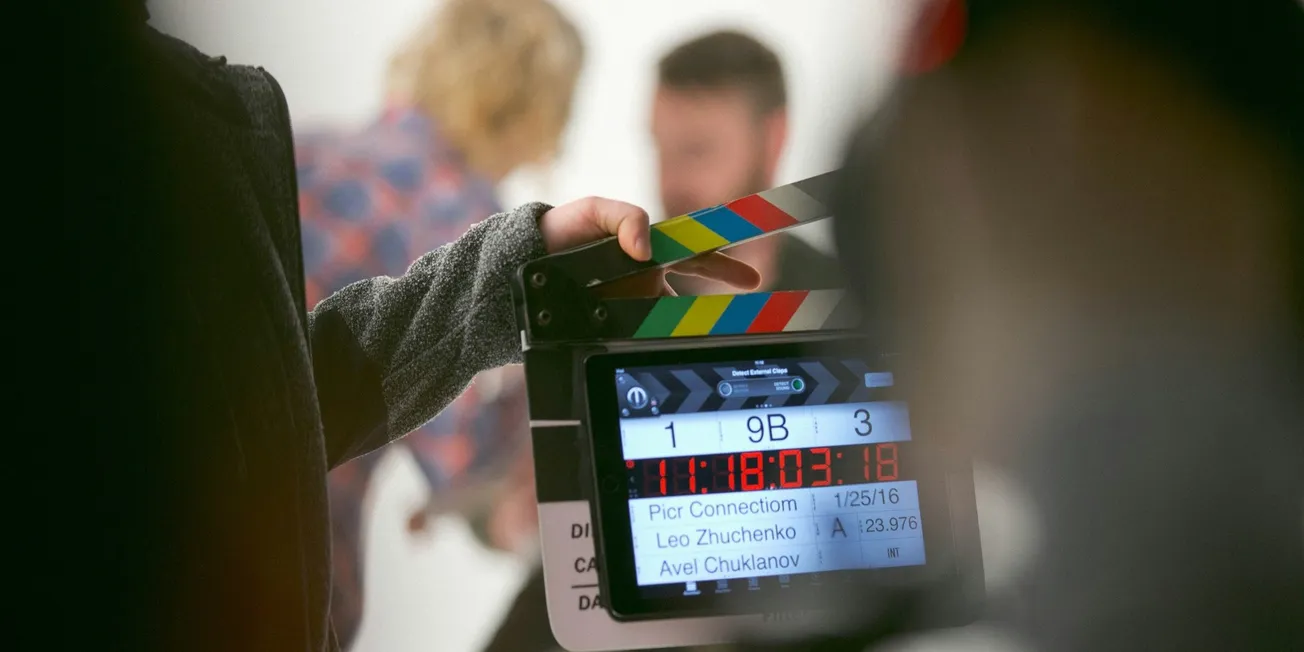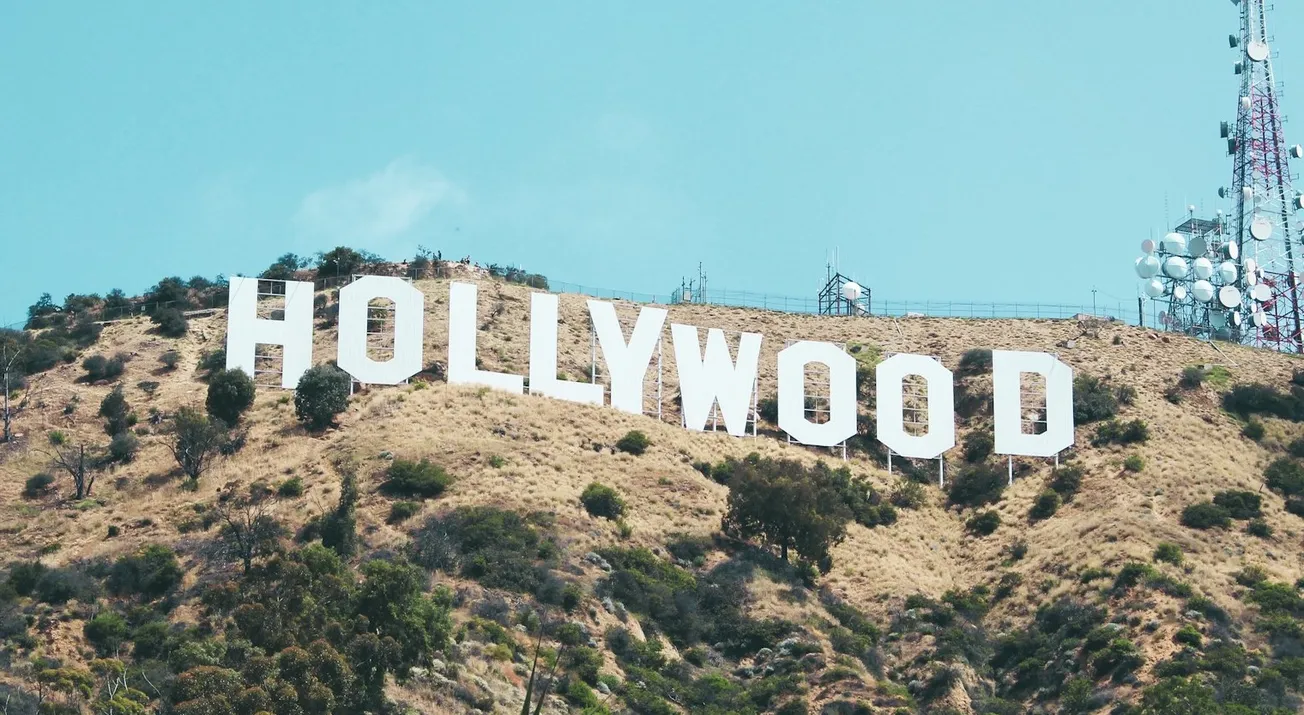Table of Contents
We're starting with what’s on all our minds: the below the line union situation. We’ll be on the labor beat often.
You know that the IATSE, Teamsters, and Hollywood Craft Locals deals with the AMPTP are now expired, and unions are bargaining together on key issues. We’ll talk more about strikes in future editions but, strike or not, what can we expect to see in the next deal?
The Writer’s Guild and SAG-AFTRA deals last year are a good guide. They struck for 148 and 118 days, respectively, and the key gains in their contracts were outsized wage increases, bonuses based on streaming success, staffing minimums (for WGA), and guardrails for AI. For more details on the latest WGA and SAG-AFTRA deals, see our summary here.
Expect negotiations to focus on the same four key areas. One more to add: IATSE and Teamsters also are prioritizing improvements to health and pension plans from residual increases, which weren’t fully funded in prior contracts.
What will the terms be? Will the new deals look more like the WGA or SAG-AFTRA deal?
For wage increases, likely closer to the WGA model: 3-5% increases over a three-year period. The 2021 deal raised the minimum wage to $26 and won a 3% annual wage increase. Another minimum wage increase is unlikely, but a 3% or more bump is precedent.
Streaming bonuses will be tough because there aren’t streaming residuals to base bonuses off. A smaller bonus than the writers’ might be the best they can hope for, and expect it to be distributed like the actors’, with a portion going to a joint fund for members.
AI and minimum staffing concerns overlap. The unions will be trying to keep humans from being replaced by AI or autonomous cars, for example. Similar to the minimum staffing for writers’ rooms, we should see minimum staff requirements correlated to the size of the production. We will likely see a minimum number of humans for each job function, depending on size and budget of the project.
PH&W plans weren’t a key part of WGA or SAG-AFTRA deals, but the unions also want streaming-based funding mechanisms for the plans, increasing retirement accrual, and eliminating cuts to health coverage. The DGA got a .5% increase in consecutive years from employers to their PH&W plans in their new deal, so a 1-2% total increase seems reasonable. The IA will be under pressure to get a win here for their members.
One more wrinkle: working conditions. We’re still seeing complaints of 15+ hour days, weeks of consecutive work, and full days without meal breaks, despite the 2021 deal focusing on conditions. Again, the unions will want to make progress here and want a safety coordinator on each set, but it may not be as big a priority.
We asked Michael Maizner, a management-side labor relations attorney specializing in the entertainment industry, if there is anything else we should be considering. He pointed to the hybrid and remote work. According to Maizer, in negotiations he’s been a party to, existing language around things like meal periods and other working conditions aren’t totally applicable to remote workers. He expects landing more particular, fact-dependent language for remote production workers, specifically around deadlines for when work has to be performed, to be an important issue in discussions of working conditions.
Here are our predictions for your next below the line labor deal:
- 5% / 4% / 3% wage increases over a three-year period
- A flat-fee bonus for streaming shows that hit 20% total audience views within 90 days of release on the platform, with a portion going to a general fund
- Minimum staffing numbers that correlate to overall project budget size
- 0.5% / 0.5% / 0.5% increases in PH&W contributions
What do you think? Would you be happy with it, or nah?
We’ll be on the labor beat until a deal gets done and beyond. Tell us what else you want to hear about at info@production.ink, and subscribe below to get the latest delivered.








